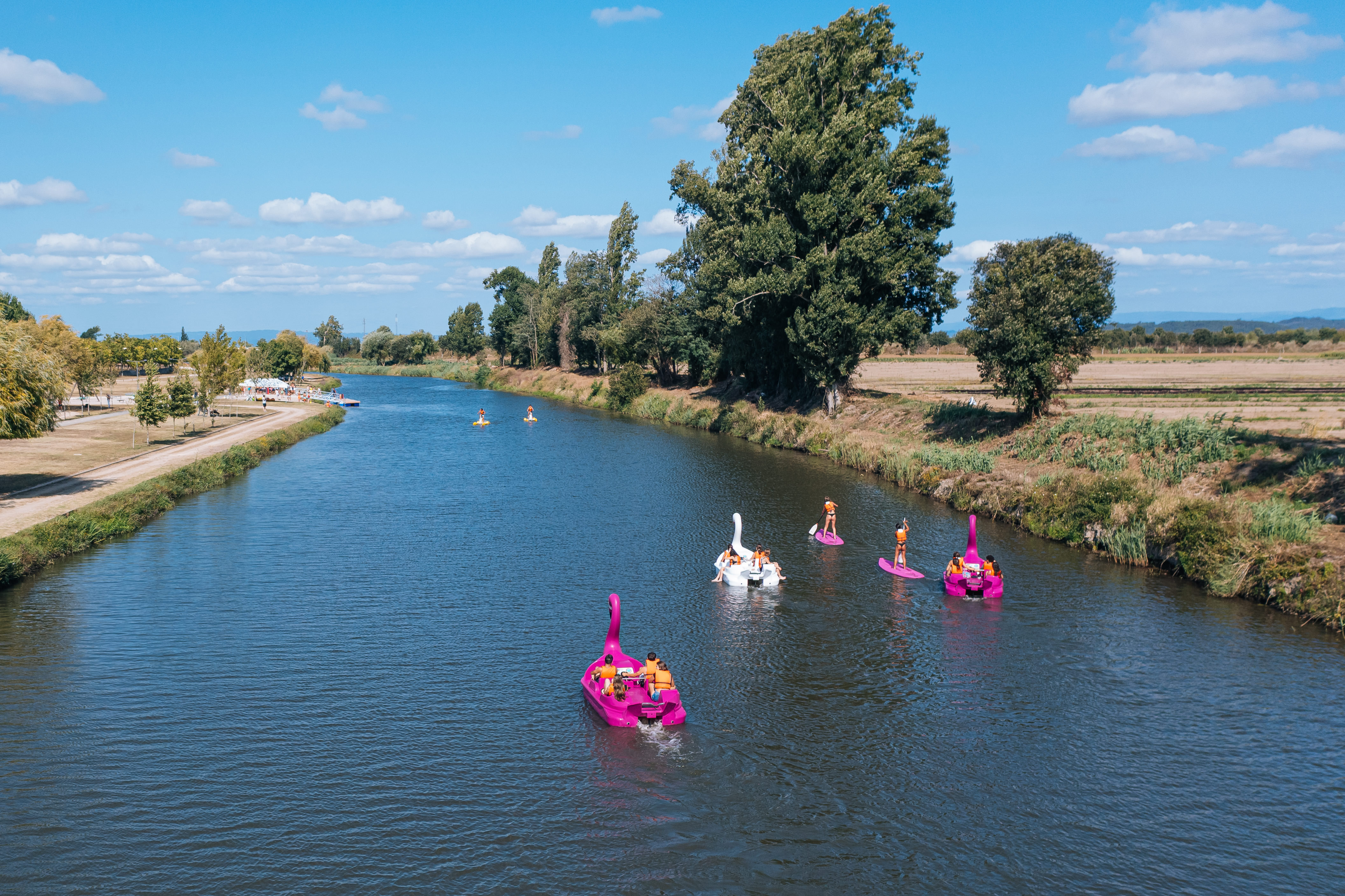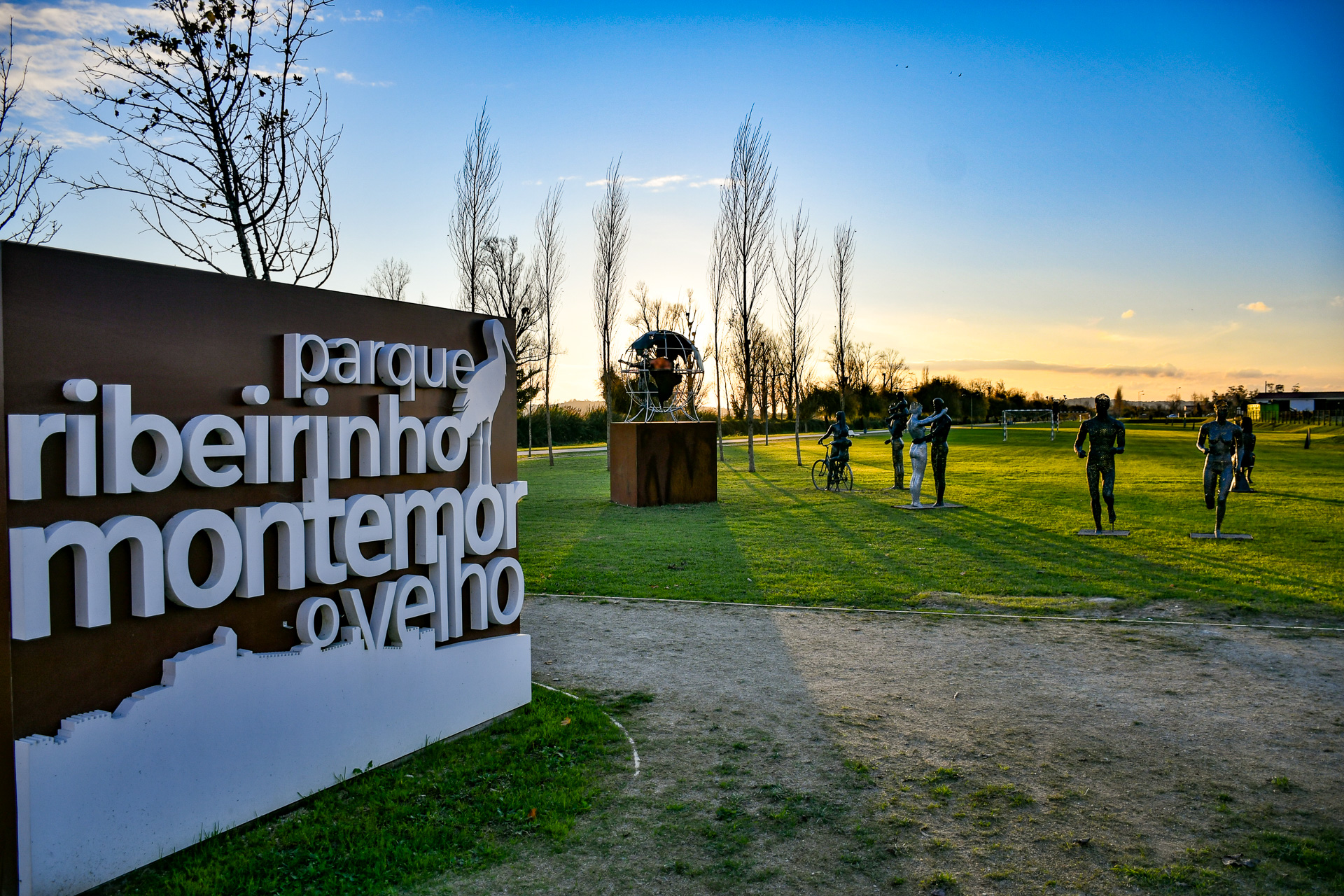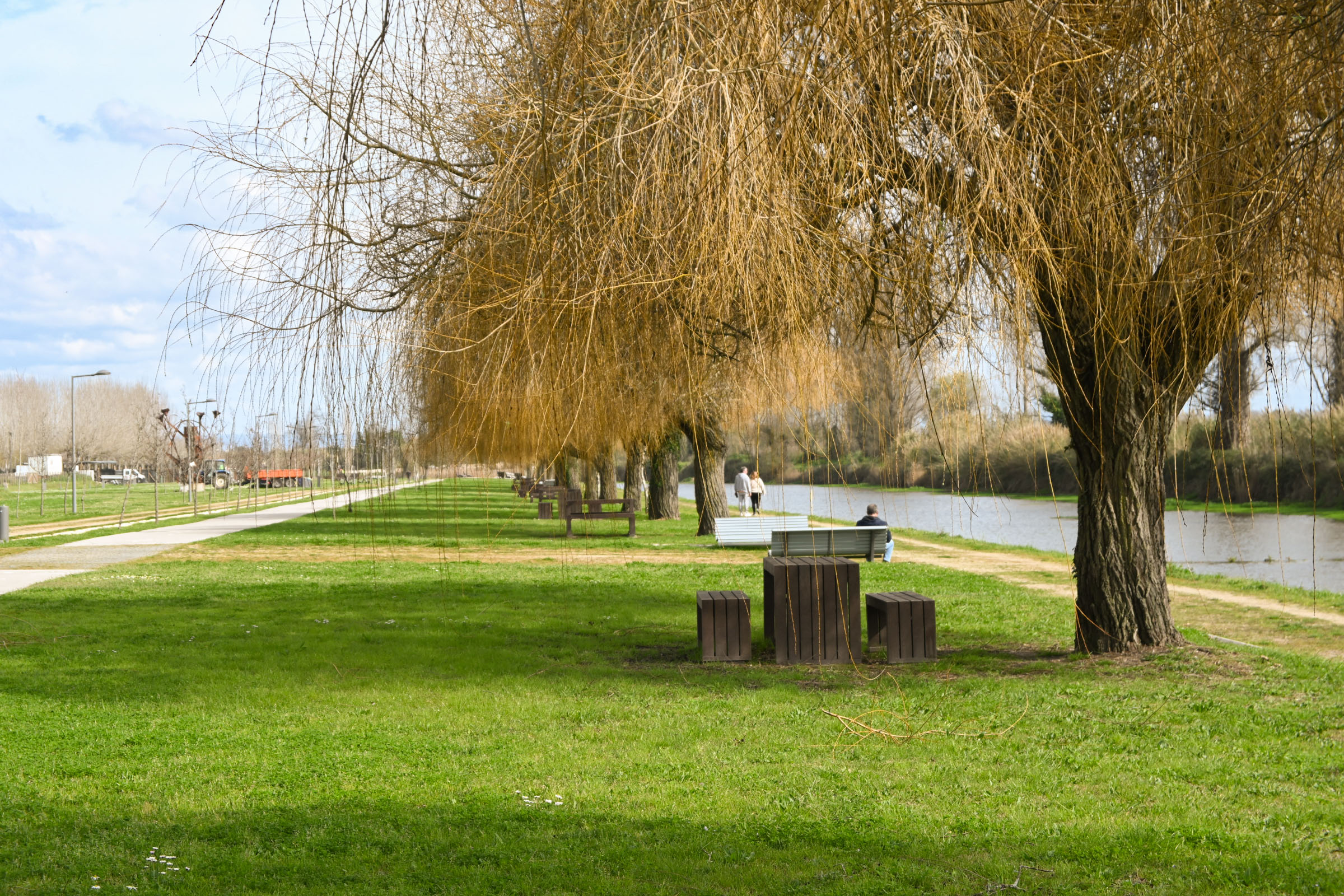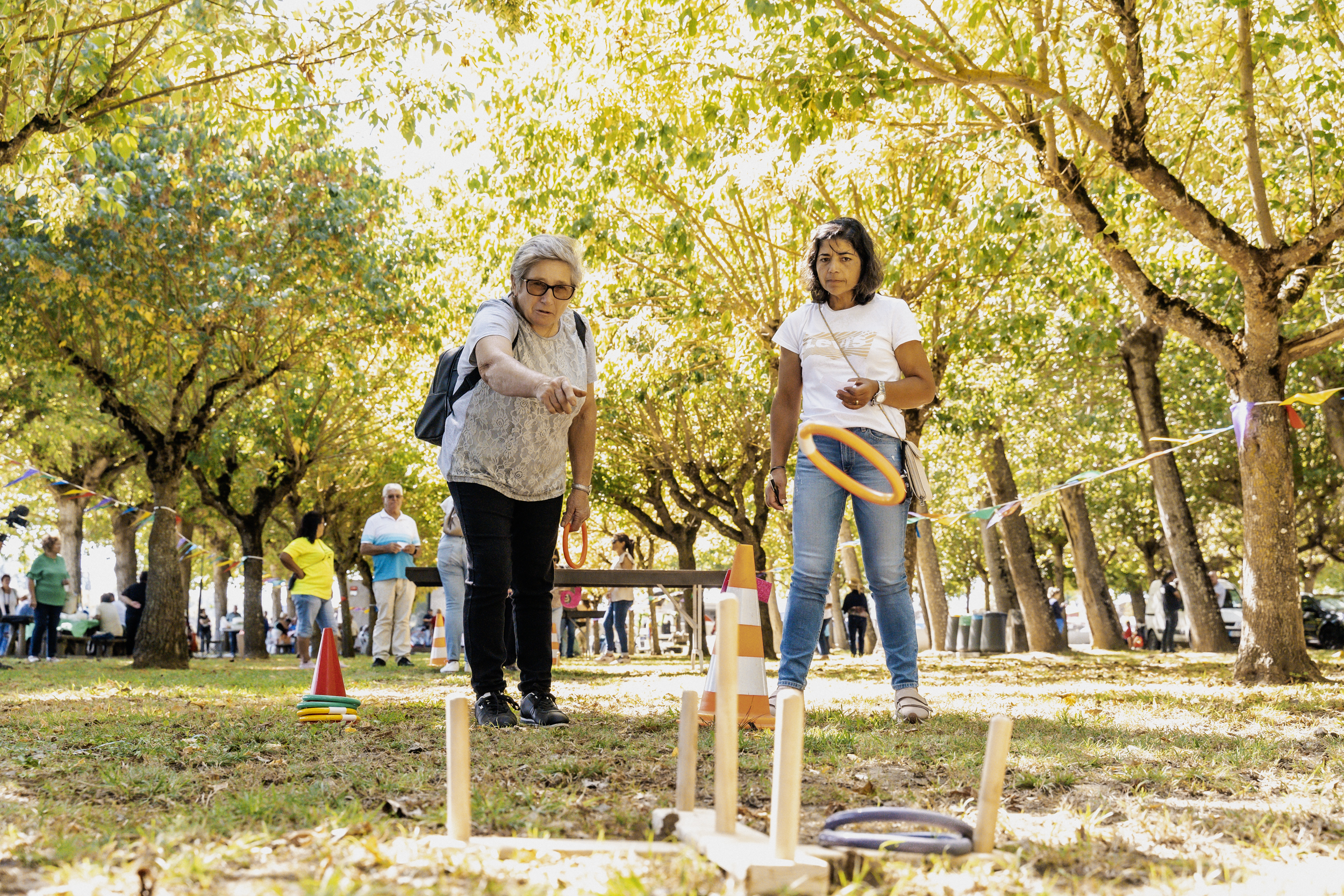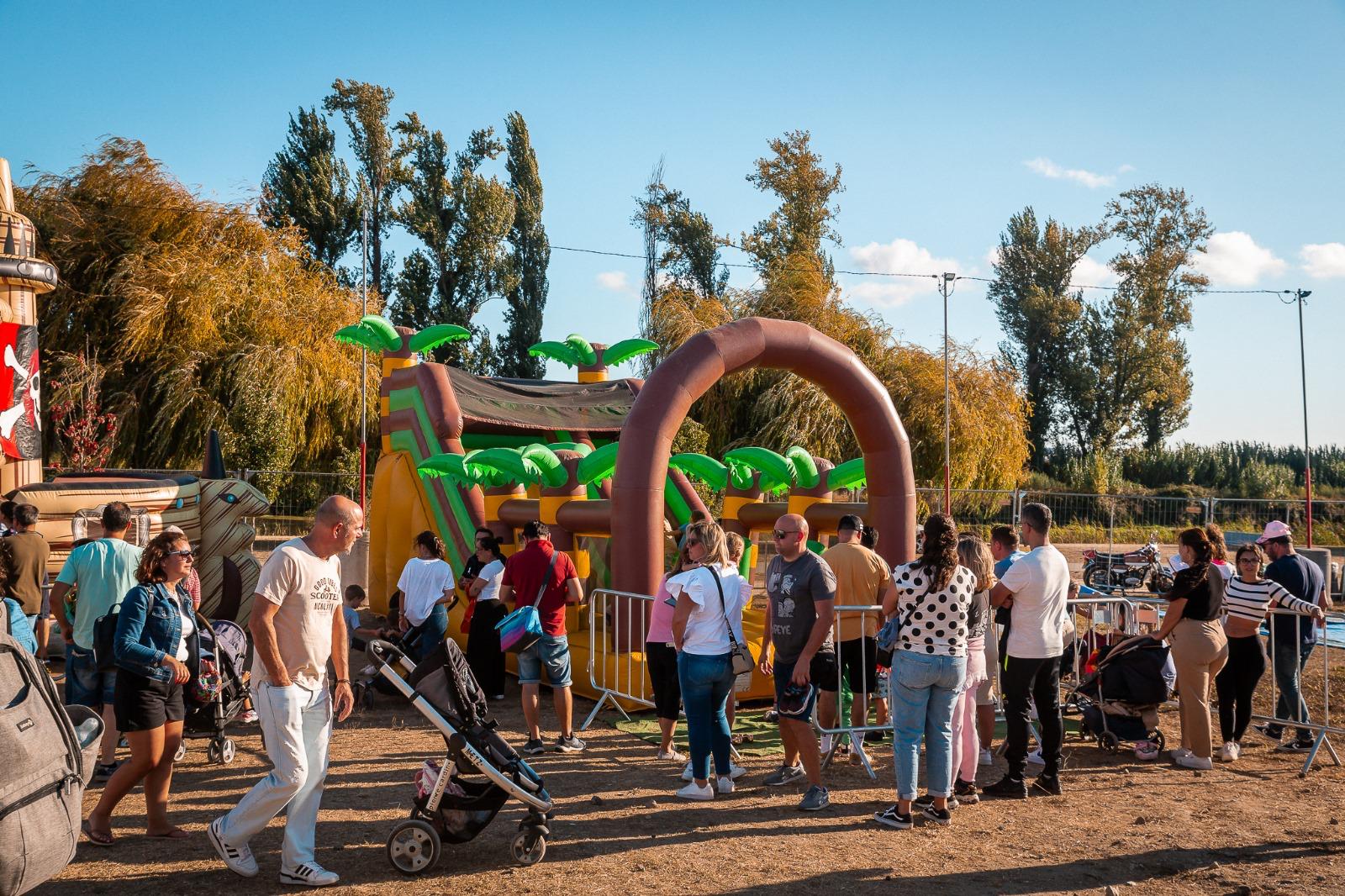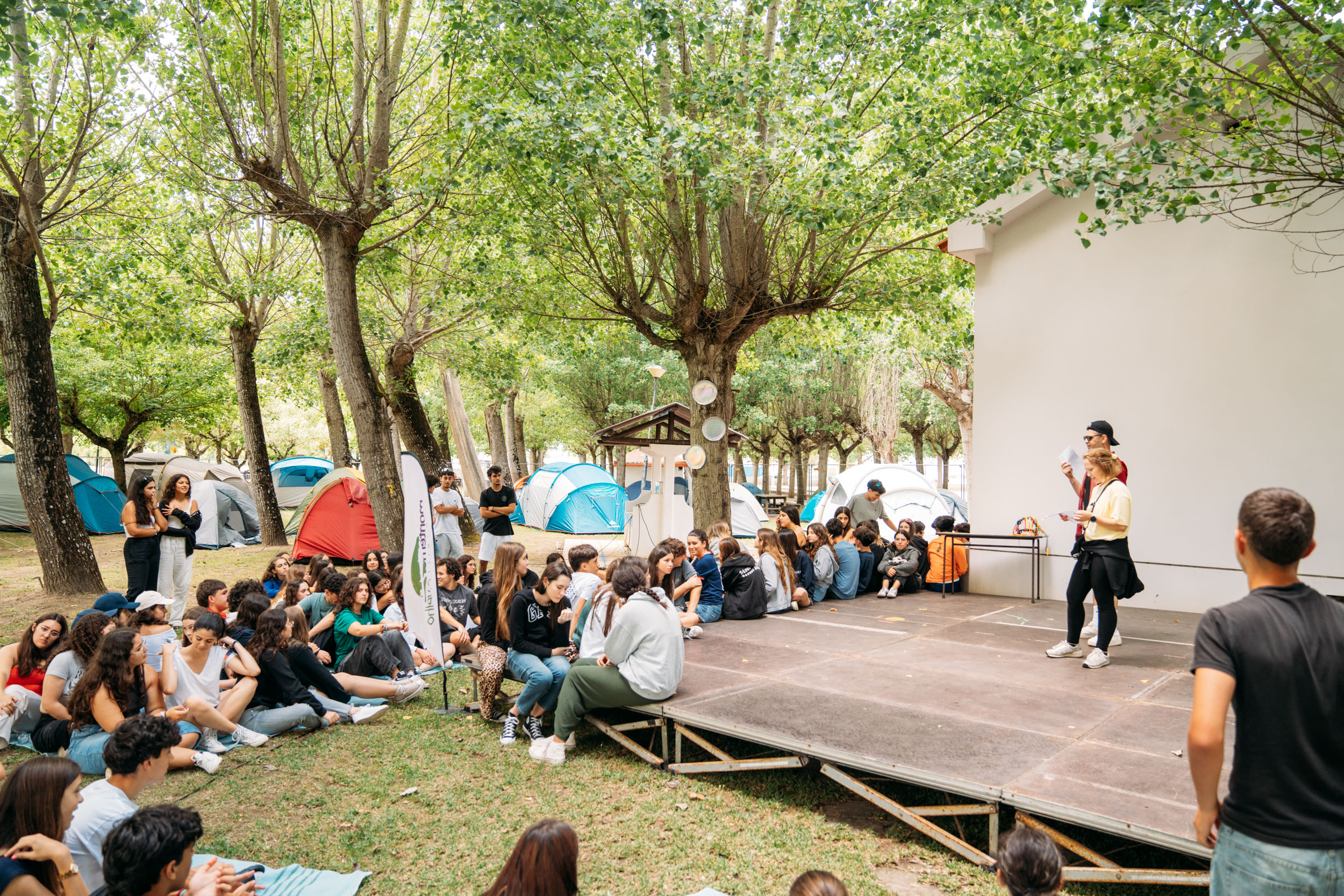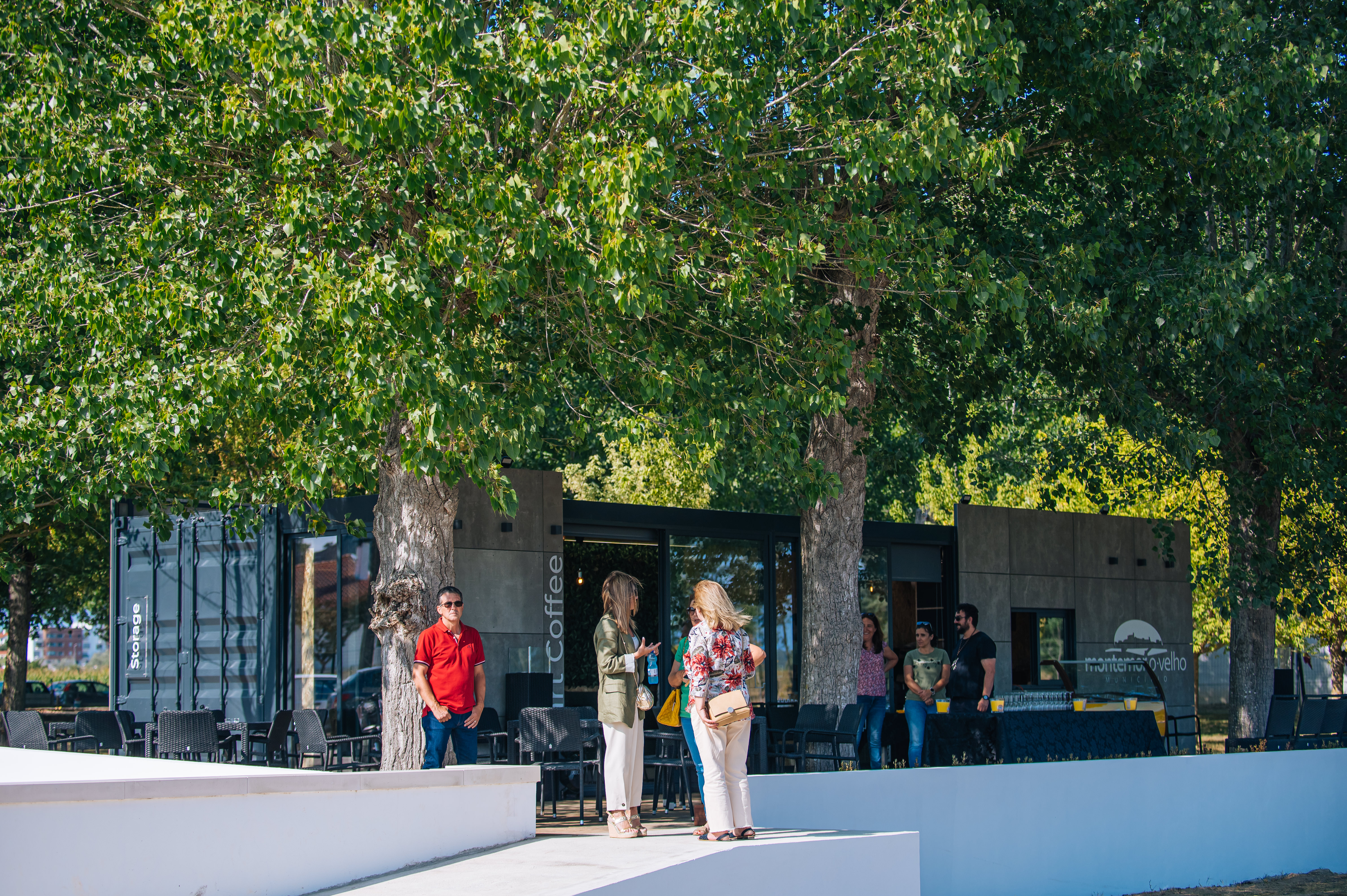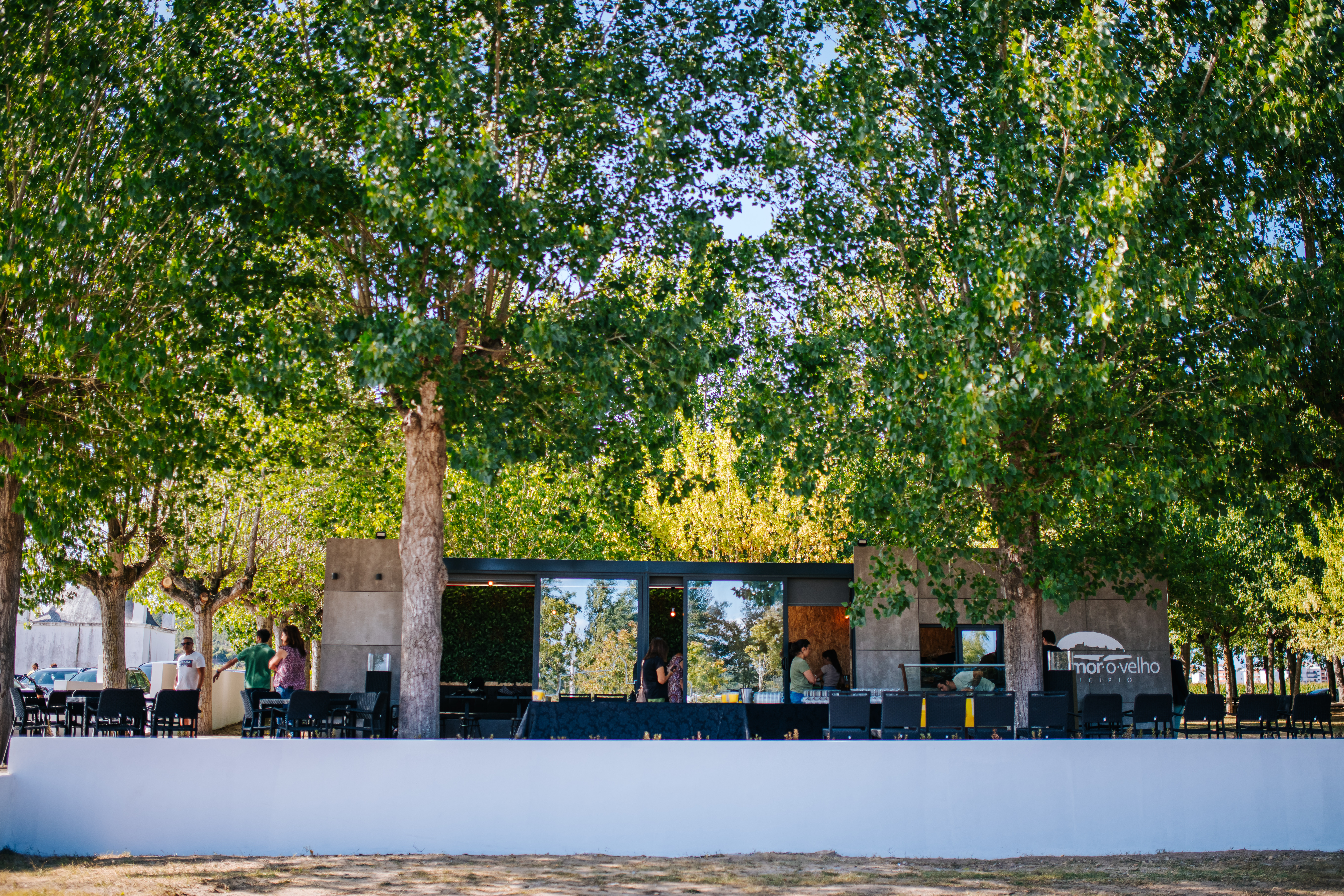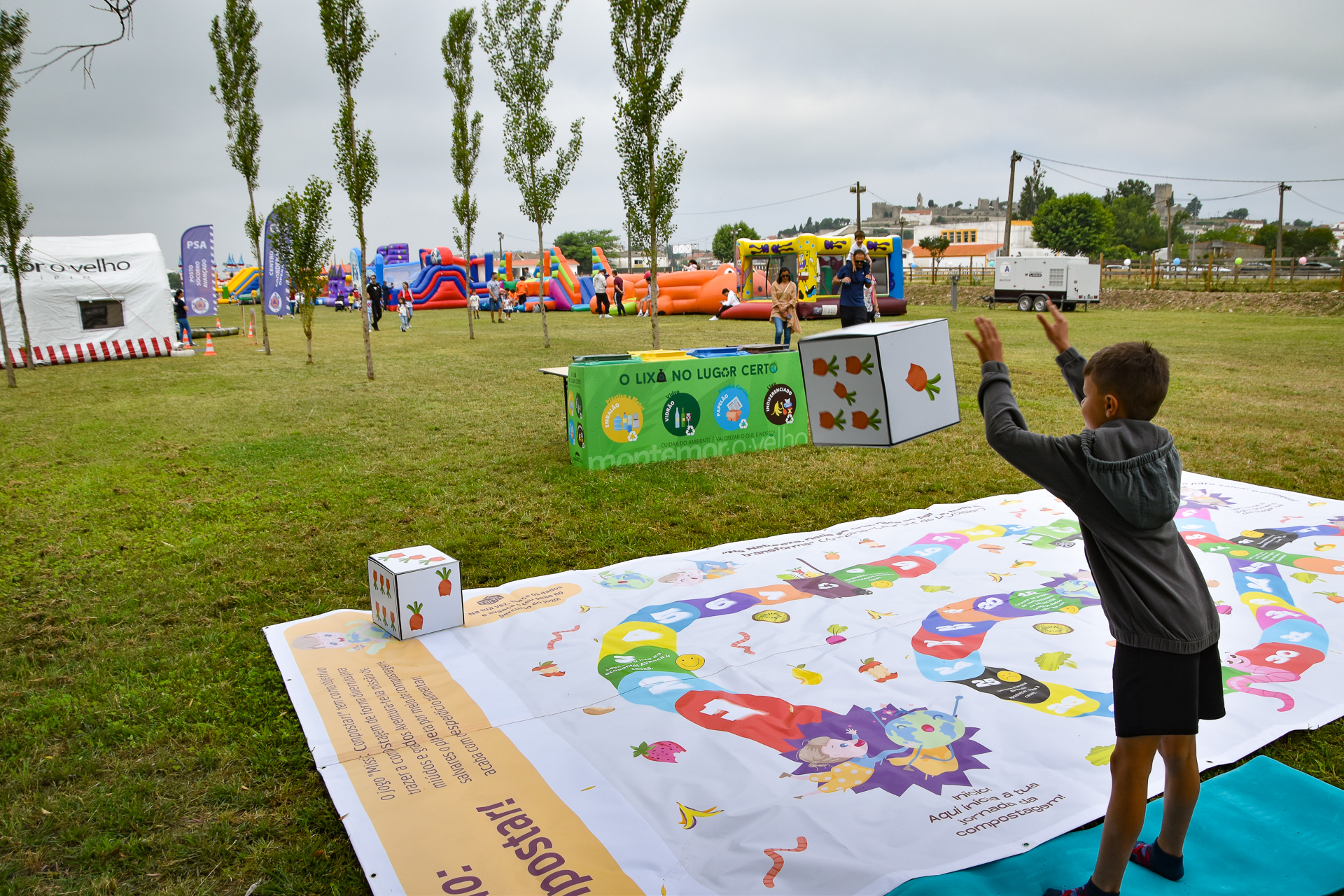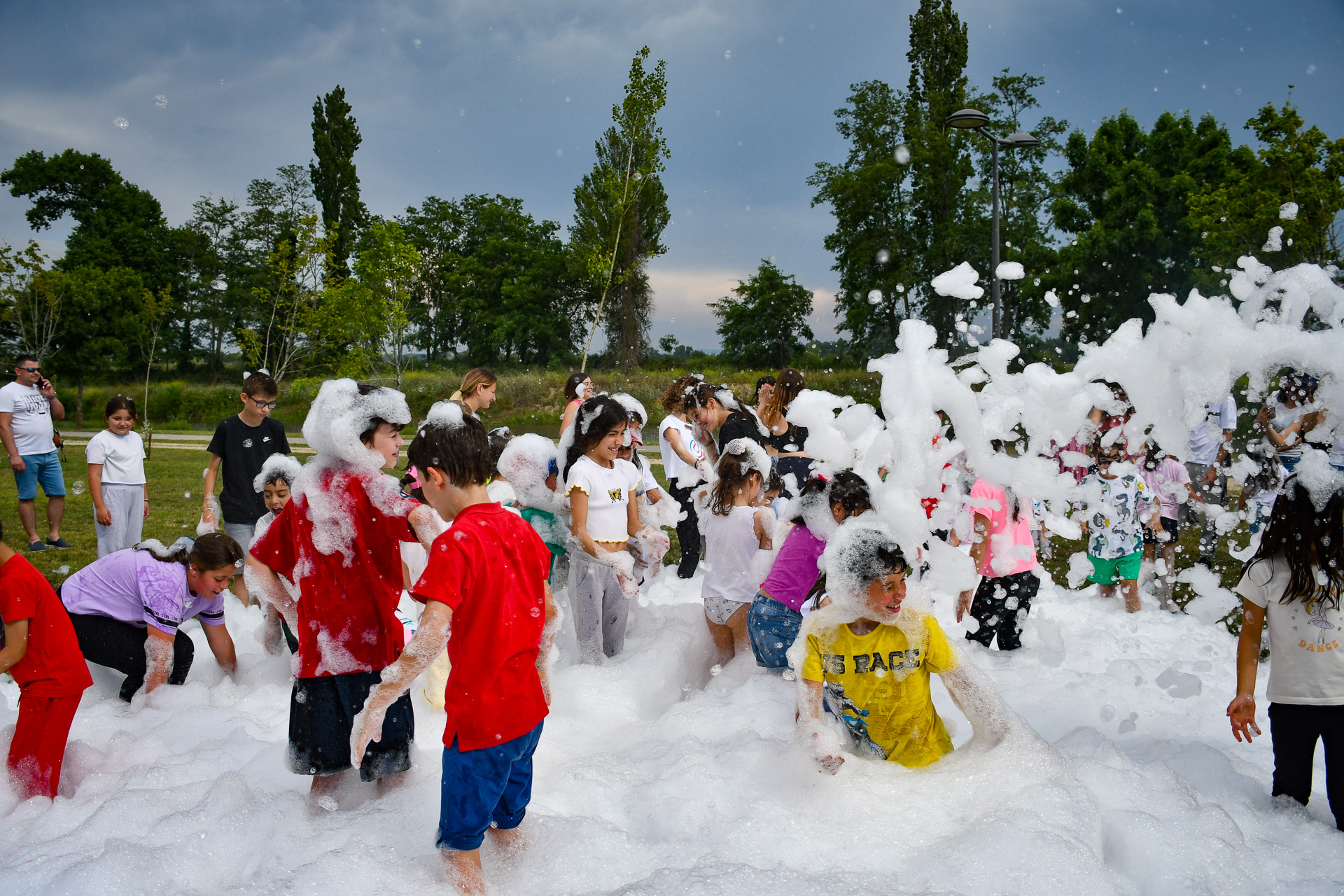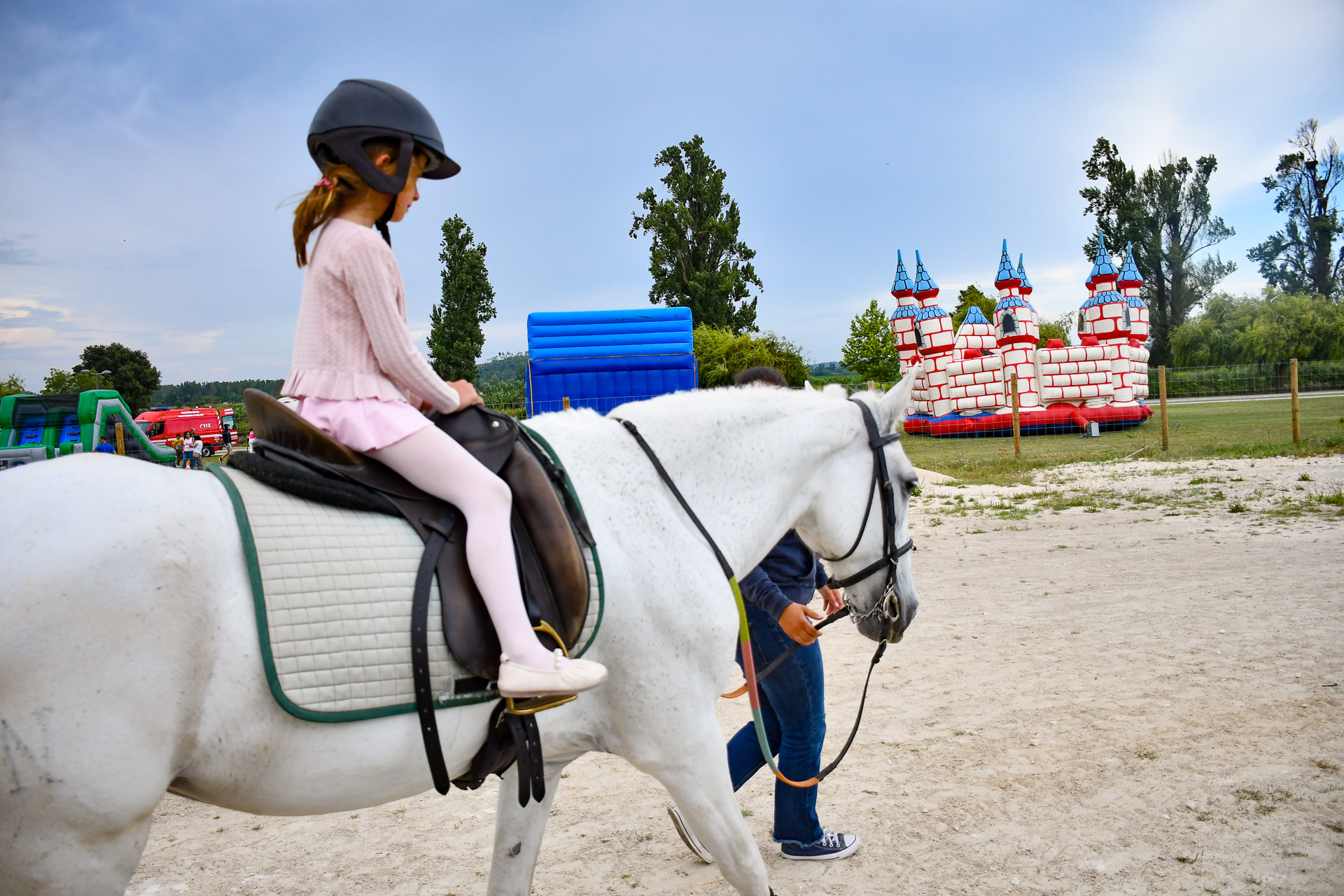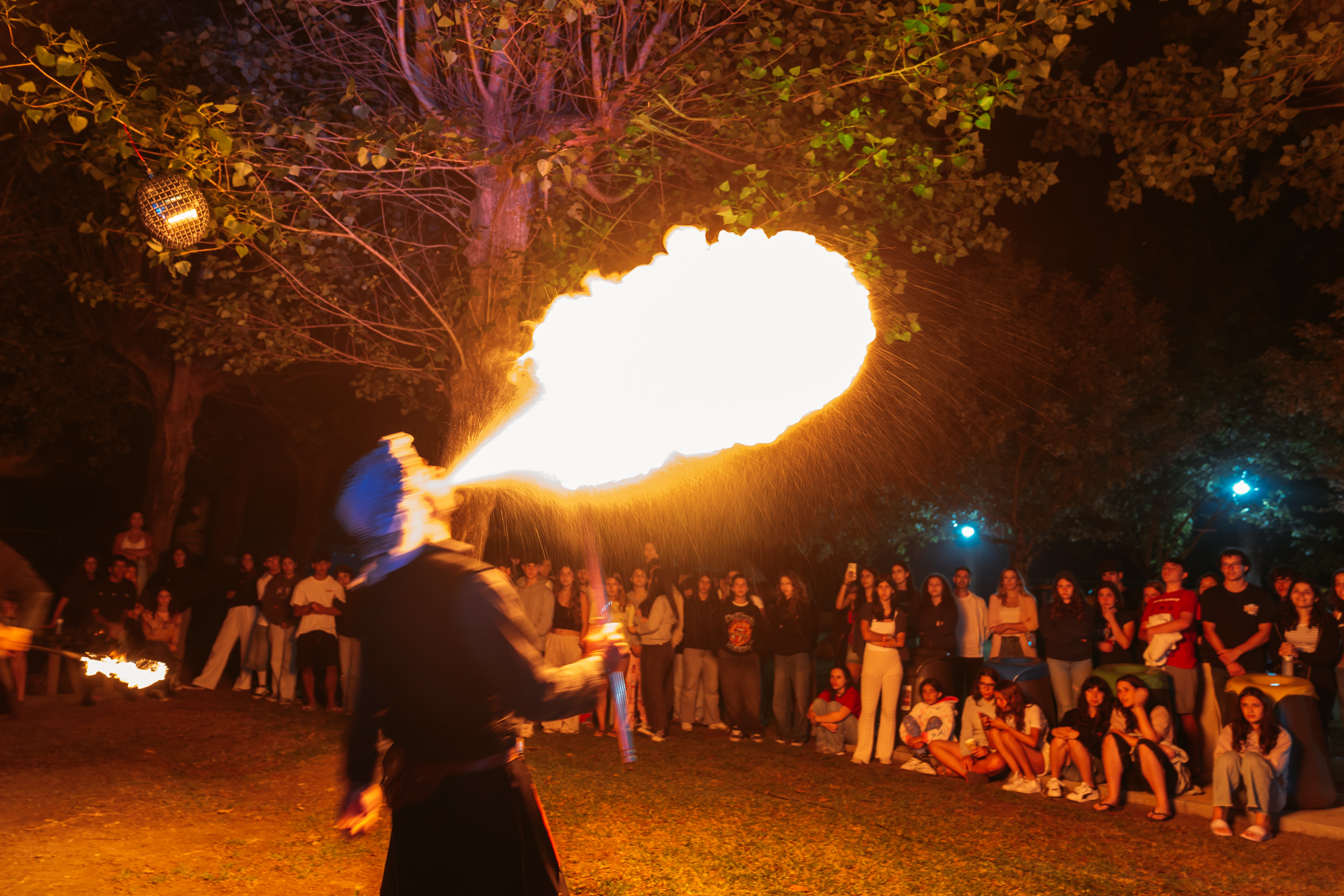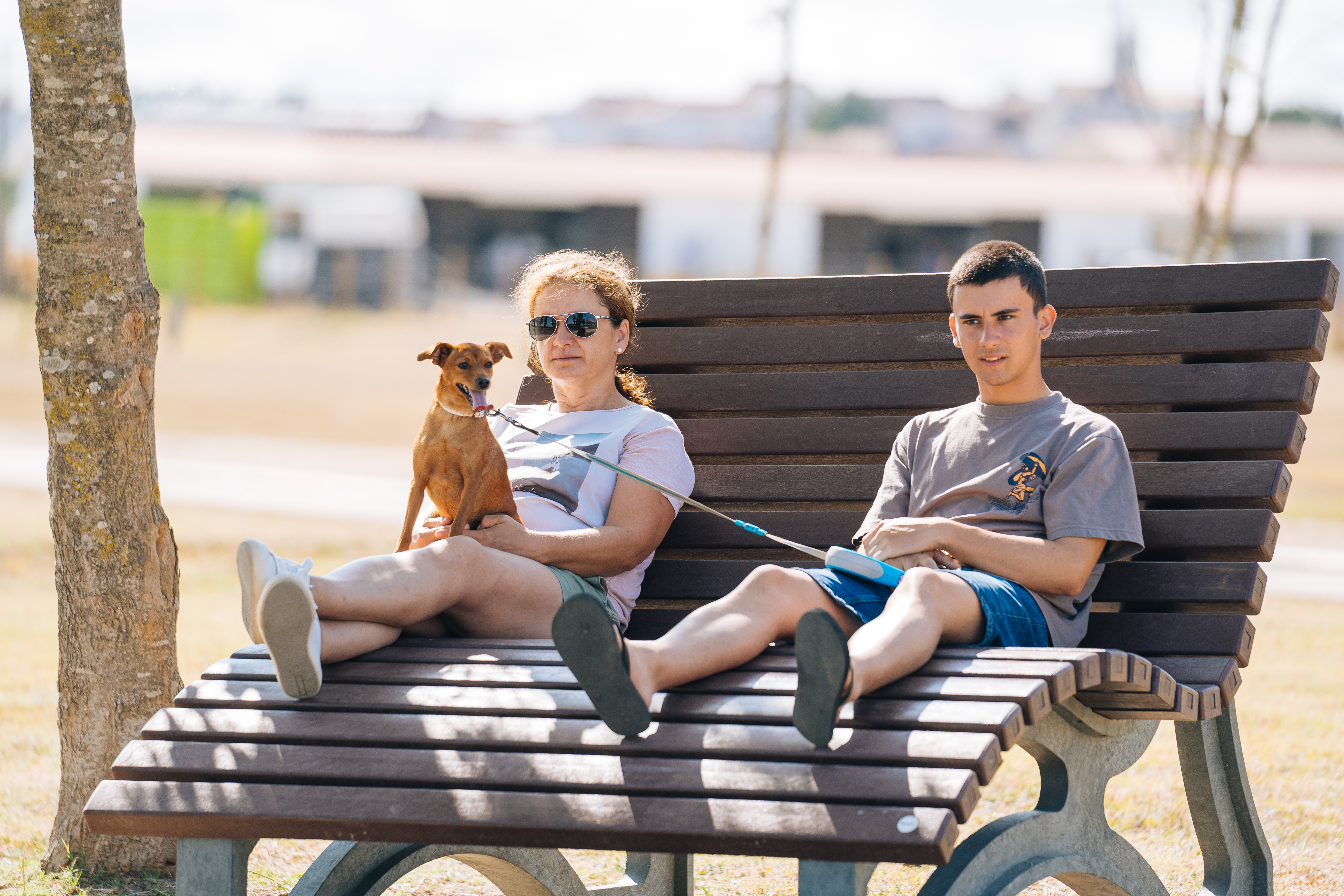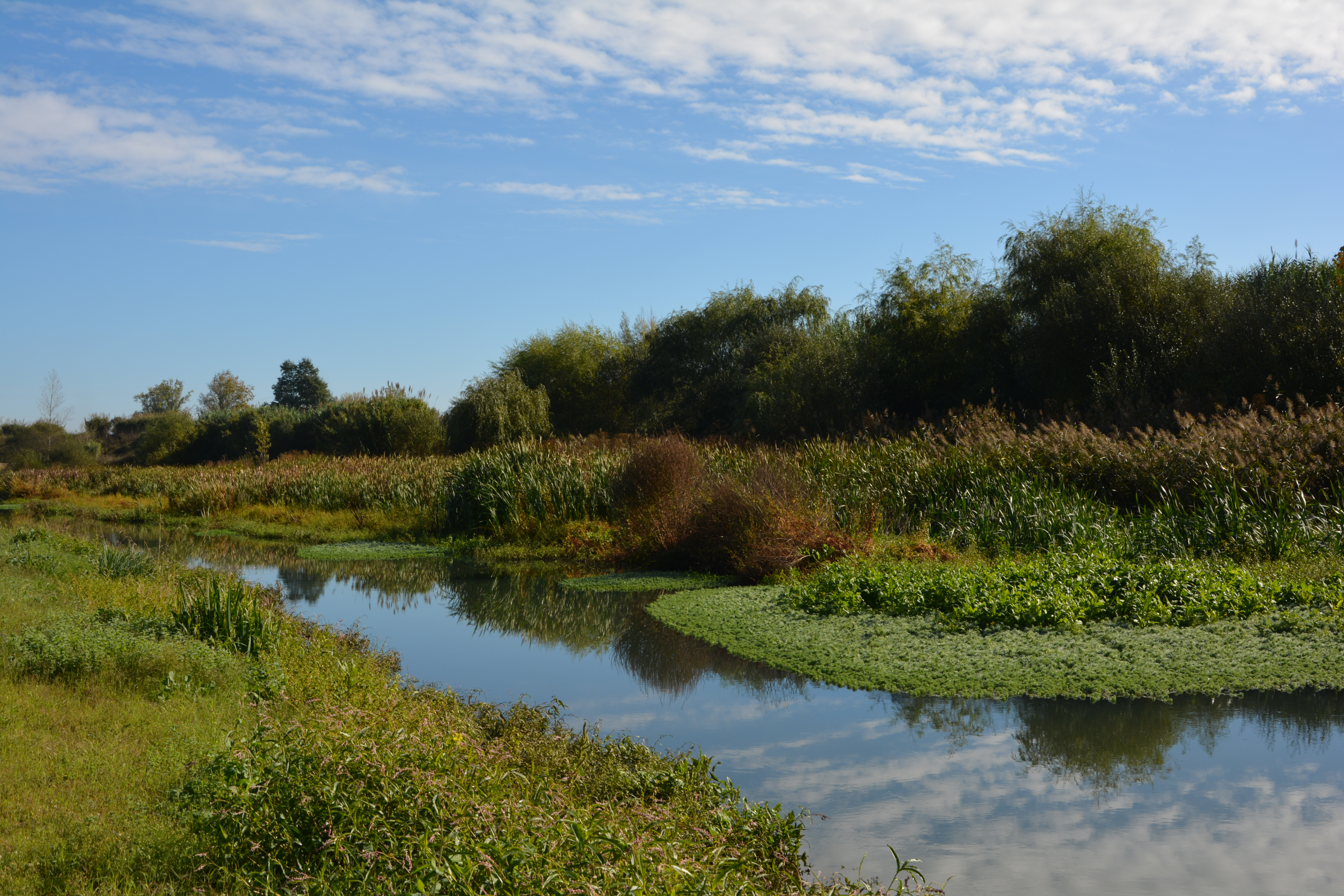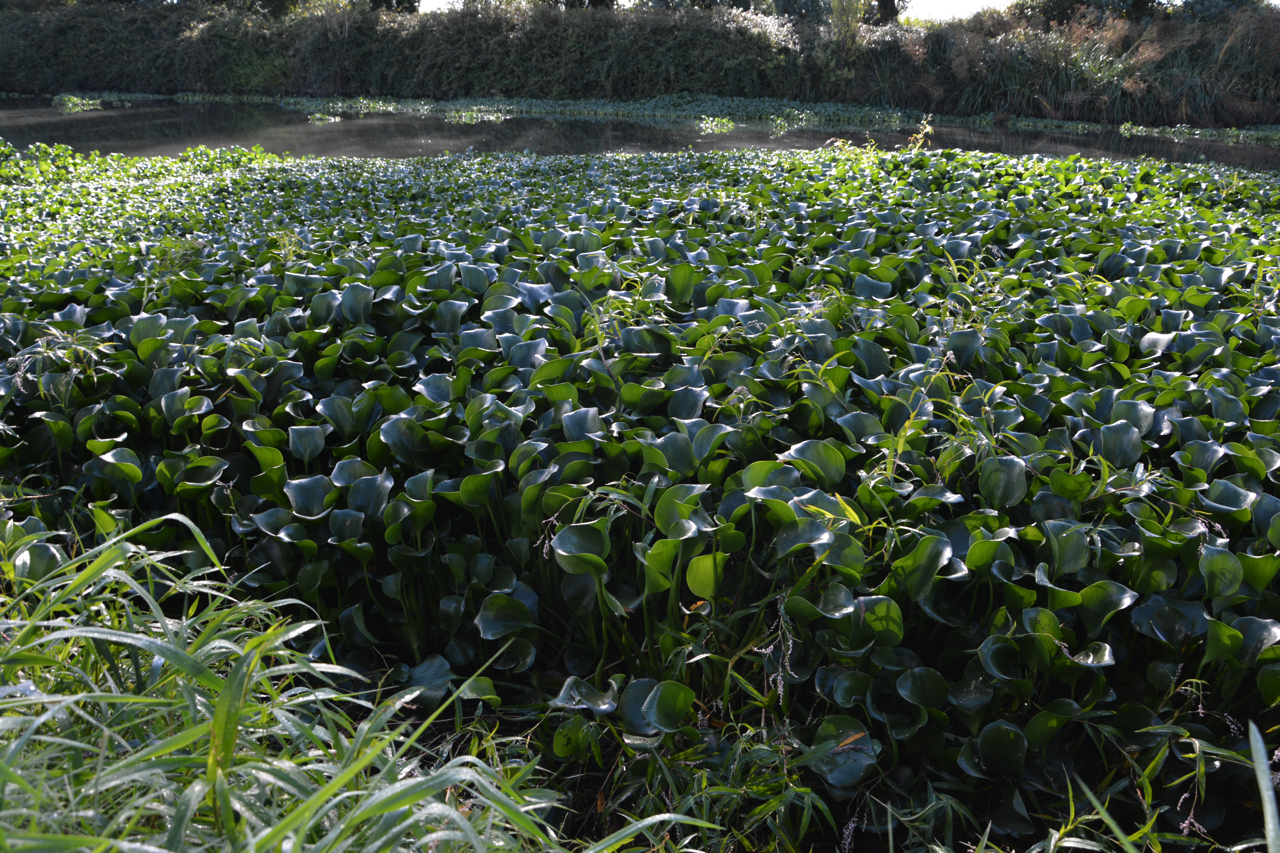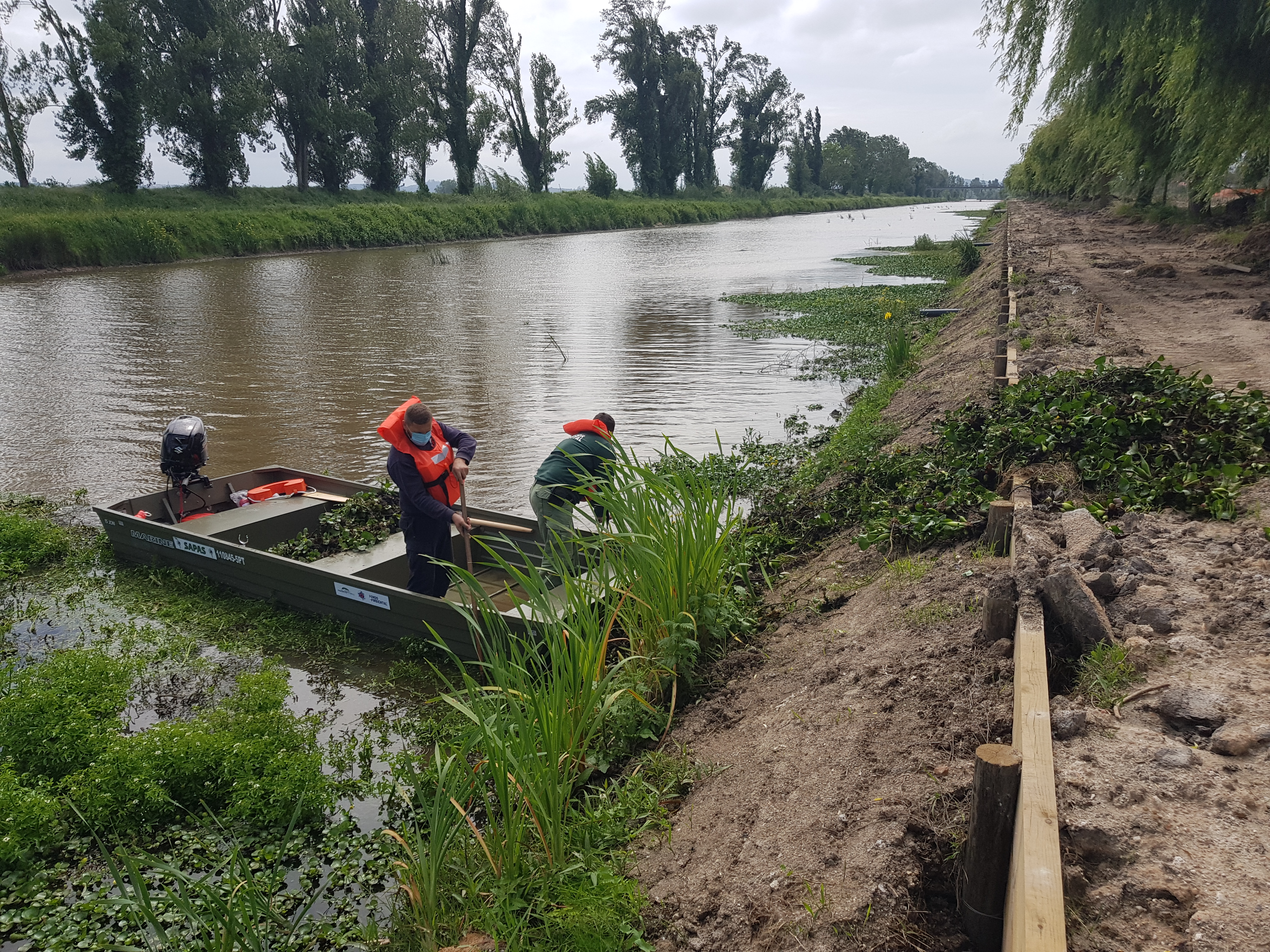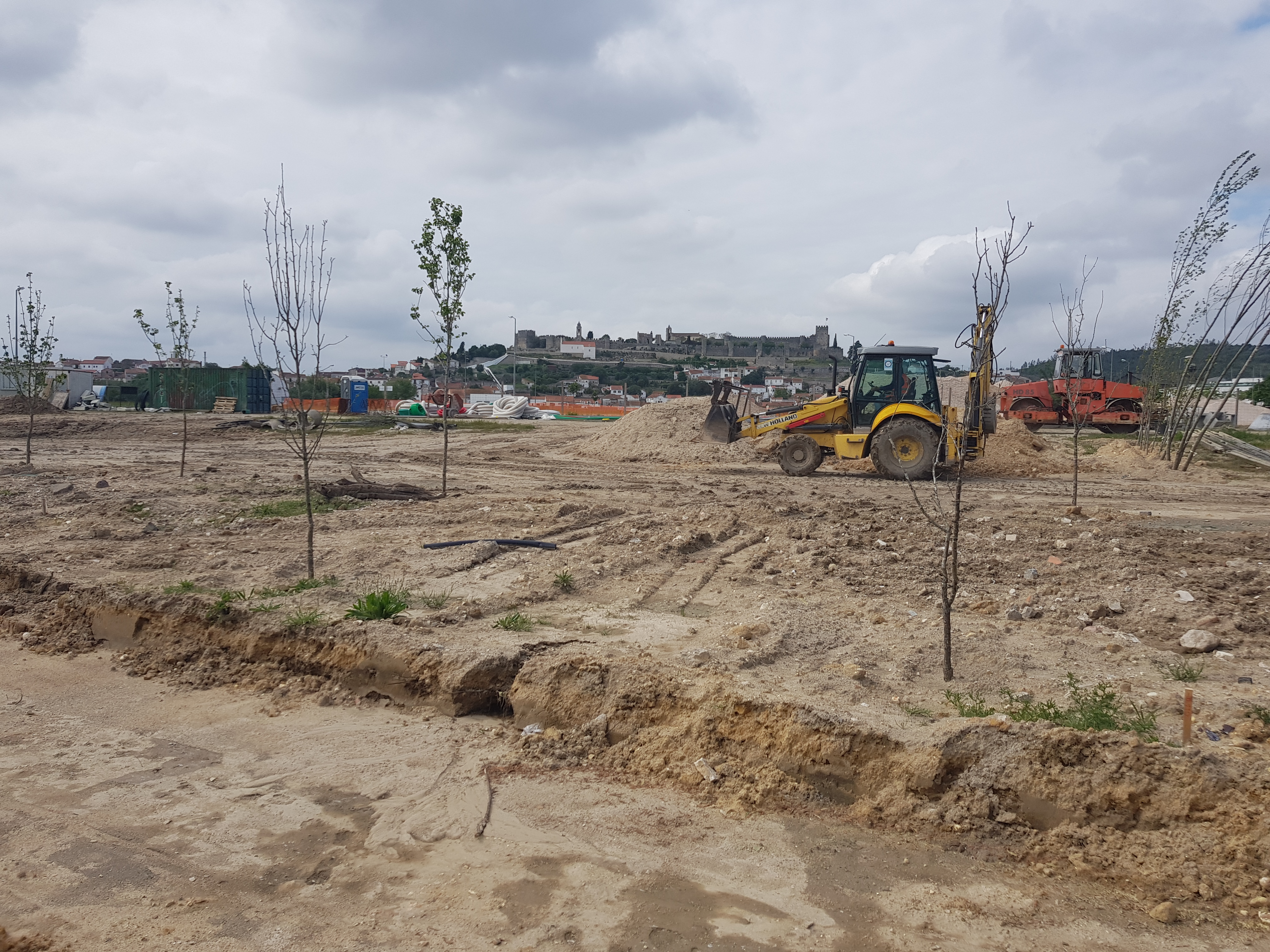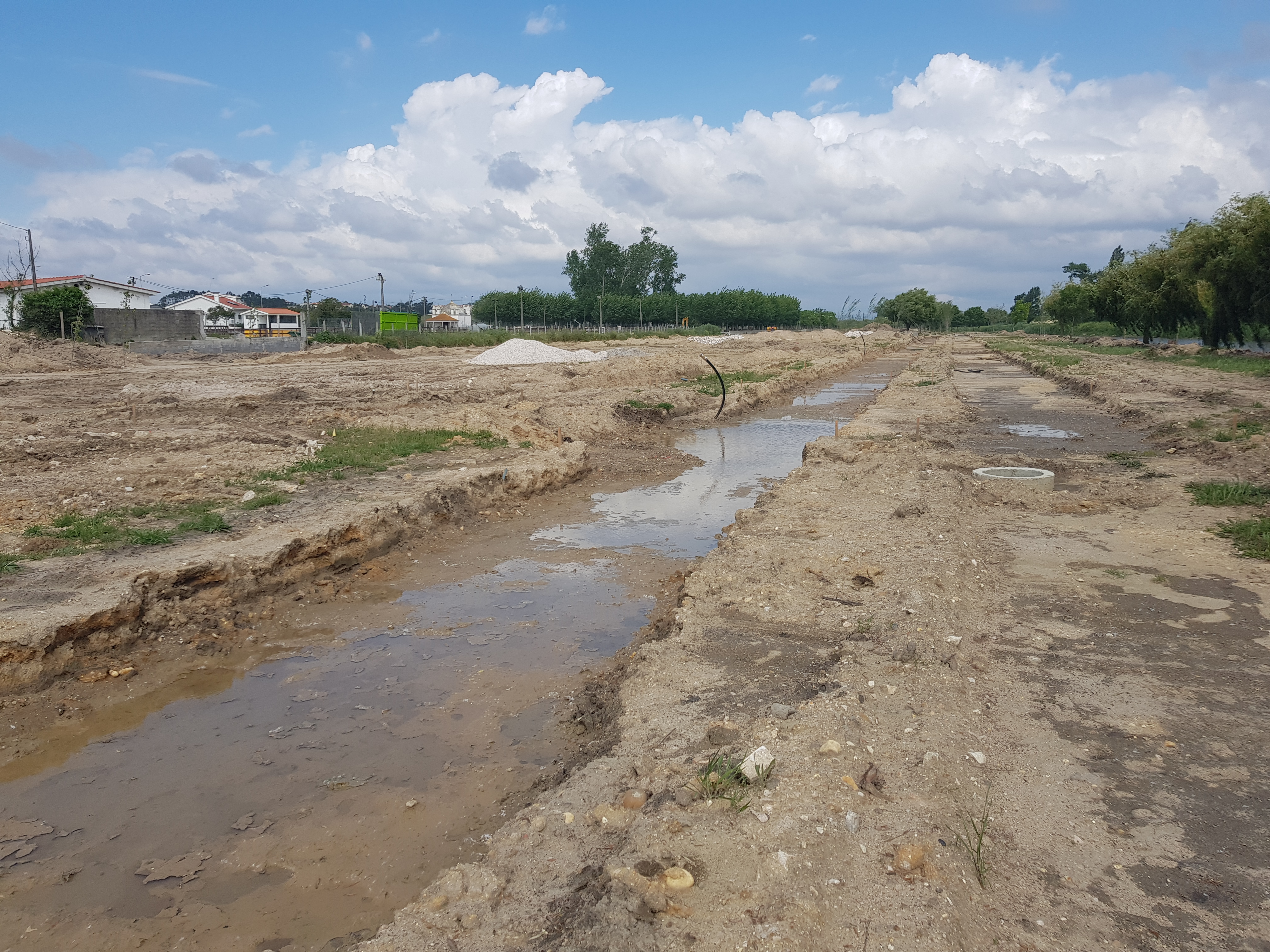Regaining a sense of belonging
Montemor-o-Velho Riverside Park
{Empty}
Historically, the development of Montemor-o-Velho was structured along the banks of the river. It was the heart of the town and the experiences of its population.
Unfortunately, in the 70s/80s, the river was diverted, the area abandoned and, suddenly, the population lost its greatest reference.
This project, more than a landscape rehabilitation, aims to return the river to the community by creating new spaces and promoting new uses. In short, give your heart back to Montemor-o-Velho!
Unfortunately, in the 70s/80s, the river was diverted, the area abandoned and, suddenly, the population lost its greatest reference.
This project, more than a landscape rehabilitation, aims to return the river to the community by creating new spaces and promoting new uses. In short, give your heart back to Montemor-o-Velho!
Portugal
Local
Montemor-o-Velho
It addresses urban-rural linkages
It refers to a physical transformation of the built environment (hard investment)
Yes
2024-12-31
Yes
ERDF : European Regional Development Fund
No
No
As a representative of an organisation
The relationship between Montemor-o-Velho and the Mondego River has always been fundamental to its development over the centuries, not only as a source of essential resources (e.g. agriculture and sand extraction), or as a strategic element (boat transport between cities), but above all for the creation of culture and identity.
It was there, on its banks, that meeting points between different cultures were created, facilitating the exchange of ideas, religion and traditions, and fostering the formation of diverse and enriched local dynamics.
It was there that many learned to swim, fish, run and play.
It was there that many began dating.
It was there that Montemor-o-Velho created its identity and grew!
However, in the 1970s and 1980s, with the aim of improving water resource management and controlling the risk of flooding, the Mondego River was diverted from the urban centre, creating a clear division in the way people live.
The entire waterfront area was forgotten and people's interaction with the river was abandoned.
This new reality, for more than two decades, led to:
- The community separating itself from its place of growth and losing its identity;
- The abandonment of the land and the consequent presence of weeds and invasive species;
- Little sustainability in the use of natural resources;
- A lack of inclusion.
However, the recent rehabilitation of the Park has made it possible to usher in a new era, with a strategy to return the River to the community.
With an area of approximately 7.1ha, this project aimed at the following specific objectives:
- Installation of equipment to promote community ownership (recreating old habits and healthy living experiences);
- Ecological requalification of the entire area;
- Maximization and treatment of vegetation and water;
- Rationalization of resources;
- Maximize accessibility and social inclusion, with integration of the entire community, without any restrictions or definition of target groups.
It was there, on its banks, that meeting points between different cultures were created, facilitating the exchange of ideas, religion and traditions, and fostering the formation of diverse and enriched local dynamics.
It was there that many learned to swim, fish, run and play.
It was there that many began dating.
It was there that Montemor-o-Velho created its identity and grew!
However, in the 1970s and 1980s, with the aim of improving water resource management and controlling the risk of flooding, the Mondego River was diverted from the urban centre, creating a clear division in the way people live.
The entire waterfront area was forgotten and people's interaction with the river was abandoned.
This new reality, for more than two decades, led to:
- The community separating itself from its place of growth and losing its identity;
- The abandonment of the land and the consequent presence of weeds and invasive species;
- Little sustainability in the use of natural resources;
- A lack of inclusion.
However, the recent rehabilitation of the Park has made it possible to usher in a new era, with a strategy to return the River to the community.
With an area of approximately 7.1ha, this project aimed at the following specific objectives:
- Installation of equipment to promote community ownership (recreating old habits and healthy living experiences);
- Ecological requalification of the entire area;
- Maximization and treatment of vegetation and water;
- Rationalization of resources;
- Maximize accessibility and social inclusion, with integration of the entire community, without any restrictions or definition of target groups.
Return the river to the people
Create equipment and spaces for community appropriation with the creation of identity
Ecological requalification with treatment of invasive species and recovery of endangered species
An area to learn, read, grow, play, date and socialize. A home for everyone
Inclusion. A space for everyone, without discrimination
The reading/understanding of the existing space, its conditions and potential, the sensitivity of the area, the structuring presence of water and vegetation as landscape generators and the rationalization of future execution and maintenance were crucial to developing this sustainable project.
Within this framework, it was essential to study the issue of water and its reuse in order to guarantee the correct use of this resource, from a circular perspective, where use and reuse would have to be a reality.
Thus, the supply of irrigation water is done through the existing catchment, to reduce maintenance costs and avoid the use of treated water.
Through natural biochannel solutions, the flow of all water to the river and its subsequent reuse with the catchment is guaranteed.
Only the recreational areas have automatic irrigation, to guarantee a better uniformity of water distribution, and to stimulate the regeneration of the meadow during the periods of greatest use, which coincide with the hottest periods. Irrigation in the remaining areas is manual from irrigation nozzles installed in the ground.
Floor covering is of great importance in these situations, since the existence of large free areas, that, if not properly treated, will give rise to dust, and become a source of heat (radiant) that transform these areas into unpleasant spaces with marginal use. Therefore, the majority of the area has been covered with rainfed meadows with little need for maintenance.
Measures were also adopted aiming soil recovering, increasing its permeability and creating conditions for a covering and vegetation development with both scenic and ecological interest. The soil's infiltration increased capacity and the reduction in runoff speed contribute to a greater protection of the soil and natural resources.
On the bank slopes, bioengineering techniques were adopted for soil stabilization, namely live piles, with the reuse of natural wooden elements.
Within this framework, it was essential to study the issue of water and its reuse in order to guarantee the correct use of this resource, from a circular perspective, where use and reuse would have to be a reality.
Thus, the supply of irrigation water is done through the existing catchment, to reduce maintenance costs and avoid the use of treated water.
Through natural biochannel solutions, the flow of all water to the river and its subsequent reuse with the catchment is guaranteed.
Only the recreational areas have automatic irrigation, to guarantee a better uniformity of water distribution, and to stimulate the regeneration of the meadow during the periods of greatest use, which coincide with the hottest periods. Irrigation in the remaining areas is manual from irrigation nozzles installed in the ground.
Floor covering is of great importance in these situations, since the existence of large free areas, that, if not properly treated, will give rise to dust, and become a source of heat (radiant) that transform these areas into unpleasant spaces with marginal use. Therefore, the majority of the area has been covered with rainfed meadows with little need for maintenance.
Measures were also adopted aiming soil recovering, increasing its permeability and creating conditions for a covering and vegetation development with both scenic and ecological interest. The soil's infiltration increased capacity and the reduction in runoff speed contribute to a greater protection of the soil and natural resources.
On the bank slopes, bioengineering techniques were adopted for soil stabilization, namely live piles, with the reuse of natural wooden elements.
The project gives continuity to the implementation of new sports facilities – Nautical Center and Athletics Track – and will complement the municipal strategy based on the dialectic Historical Center – Riverfront, which aims to bring these naturally strategic poles closer to the town of Montemor-o-Velho.
The design principles are based on the development of a qualified space, with a ludic-recreational nature, that enhance the existing riverfront and gives it organization, and legibility in its various scales.
We are determined to create a sustainable space relating economic, social, cultural and environmental aspects, with the opportunity to consolidate a linear green space in the municipality.
Economically, a promotion at a local and regional level is foreseen, attracting different audiences, also stimulated the cycle path that crosses the entire park, enhancing a tour through the village of Montemor-o-Velho.
At a social level, the park presents itself as a meeting place that allows different types of recreation and covers various social and age classes. The definition of pedestrian and cycling paths, the creation of shaded spaces, the connection with the water and recreational facilities will make possible a social interaction boost. The park also aims to instill healthy lifestyle habits, such as the promotion of outdoor physical activity, of sports and nautical activities and decompression in contact with nature.
At an environmental level, the park intends to requalify an expectant area in the town, through the creation of a stratified plant composition, with the presence of the various typologies: herbaceous, shrubs and trees, increasing the soil infiltration capacity and stabilizing the margins of the water line. These actions will make it possible to expand the number of ecological niches, increase biodiversity and establish a consolidated and readable network.
The design principles are based on the development of a qualified space, with a ludic-recreational nature, that enhance the existing riverfront and gives it organization, and legibility in its various scales.
We are determined to create a sustainable space relating economic, social, cultural and environmental aspects, with the opportunity to consolidate a linear green space in the municipality.
Economically, a promotion at a local and regional level is foreseen, attracting different audiences, also stimulated the cycle path that crosses the entire park, enhancing a tour through the village of Montemor-o-Velho.
At a social level, the park presents itself as a meeting place that allows different types of recreation and covers various social and age classes. The definition of pedestrian and cycling paths, the creation of shaded spaces, the connection with the water and recreational facilities will make possible a social interaction boost. The park also aims to instill healthy lifestyle habits, such as the promotion of outdoor physical activity, of sports and nautical activities and decompression in contact with nature.
At an environmental level, the park intends to requalify an expectant area in the town, through the creation of a stratified plant composition, with the presence of the various typologies: herbaceous, shrubs and trees, increasing the soil infiltration capacity and stabilizing the margins of the water line. These actions will make it possible to expand the number of ecological niches, increase biodiversity and establish a consolidated and readable network.
The requalification of this river front allowed the creation of new green spaces for the community, properly infrastructured.
As already mentioned, at a social level, the park presents itself as a meeting place that allows different types of recreation and covers various social and age classes.
The intervention area enjoys slight slopes, and the implementation of the proposed routes ensures that the entire area, longitudinally and transversally, is accessible to people with reduced mobility. The circulation design in the park was based on the following principles:
- Integration of a cycling path;
- Adaptation to existing routes;
- Connection between different access points to the park.
The route network is exclusively pedestrian and cyclable, only allowing emergency vehicle access, and, on exceptional occasions, car access to reinforce parking in the village.
The recreational-informal park located near the main entrance of the park, intends to expand the offer of games in the surroundings and create new challenges, to attract a large number of visitors. The equipment chosen will stimulate physical activity combined with recess, with balance activities, motor coordination, imagination, and social interaction. Given the proximity to water, it will be interesting to provide equipment that allows greater interaction with water. As a matter of principle, the equipment will be as inclusive as possible, and will facilitate autonomous use by children.
Universal accessibility will also be guaranteed to the buildings with the implementation of a sanitary and a smart cofee facility accessible by gender and the implementation of external access ramps.
As already mentioned, at a social level, the park presents itself as a meeting place that allows different types of recreation and covers various social and age classes.
The intervention area enjoys slight slopes, and the implementation of the proposed routes ensures that the entire area, longitudinally and transversally, is accessible to people with reduced mobility. The circulation design in the park was based on the following principles:
- Integration of a cycling path;
- Adaptation to existing routes;
- Connection between different access points to the park.
The route network is exclusively pedestrian and cyclable, only allowing emergency vehicle access, and, on exceptional occasions, car access to reinforce parking in the village.
The recreational-informal park located near the main entrance of the park, intends to expand the offer of games in the surroundings and create new challenges, to attract a large number of visitors. The equipment chosen will stimulate physical activity combined with recess, with balance activities, motor coordination, imagination, and social interaction. Given the proximity to water, it will be interesting to provide equipment that allows greater interaction with water. As a matter of principle, the equipment will be as inclusive as possible, and will facilitate autonomous use by children.
Universal accessibility will also be guaranteed to the buildings with the implementation of a sanitary and a smart cofee facility accessible by gender and the implementation of external access ramps.
Given that the project sought to respond to the needs of the entire community, it was crucial to ensure the participation of a multidisciplinary team in its development.
From the outset, when developing the overall plan, architects, landscapers, engineers and specialists in sustainable construction played a key role, always anchored in the conclusions of the meetings held with the community to define and characterize the entire operation.
It was with the schools that the importance of creating interpretive trails was realized.
It was with the community that the interest in building sports fields was realized.
It was with the municipality that it was understood that it would be very important to have a multipurpose building nearby that would allow outdoor events to be a reality.
It was with groups of young people that future rules were defined so that their camps could take place.
It was with the population that the eagerness to provide cycle paths for enjoyment and leisure was noted.
It was the children who asked for play equipment.
In short, based on a specialized approach, everyone, without exception, was an integral part of the development of the project.
From the outset, when developing the overall plan, architects, landscapers, engineers and specialists in sustainable construction played a key role, always anchored in the conclusions of the meetings held with the community to define and characterize the entire operation.
It was with the schools that the importance of creating interpretive trails was realized.
It was with the community that the interest in building sports fields was realized.
It was with the municipality that it was understood that it would be very important to have a multipurpose building nearby that would allow outdoor events to be a reality.
It was with groups of young people that future rules were defined so that their camps could take place.
It was with the population that the eagerness to provide cycle paths for enjoyment and leisure was noted.
It was the children who asked for play equipment.
In short, based on a specialized approach, everyone, without exception, was an integral part of the development of the project.
This project is the result of the Action Plan for the Urban Regeneration of Montemor-o-Velho (PARU): a strategic document approved by national entities, with several contributions from society, which aims to develop an integrated urban regeneration intervention in the territory of the municipal seat in the Delimited Areas of Urban Rehabilitation (ARU).
Assuming as its general objective “to affirm the town of Montemor-o-Velho as an inclusive, sustainable and innovative space through initiatives that stimulate the attraction of people and economic activities to the historic centre and reinforce the role of the town as a multifunctional nerve centre in harmony with its supporting natural ecosystem”, this document, supported by a logic of participation of the entire population, presented the following measures:
- Rehabilitation and qualification of the urban fabric, namely the main public spaces for housing and leisure, in a logic of multifunctional network to support a growing appropriation and dynamisation of the town;
- Refunctionalisation of strategic spaces, creating areas for revitalisation and socio-economic activation;
- Recovery, expansion and enhancement of the urban ecological structure, promoting a qualified connection between the historic center and the riverside area – target project of this intervention.
Assuming as its general objective “to affirm the town of Montemor-o-Velho as an inclusive, sustainable and innovative space through initiatives that stimulate the attraction of people and economic activities to the historic centre and reinforce the role of the town as a multifunctional nerve centre in harmony with its supporting natural ecosystem”, this document, supported by a logic of participation of the entire population, presented the following measures:
- Rehabilitation and qualification of the urban fabric, namely the main public spaces for housing and leisure, in a logic of multifunctional network to support a growing appropriation and dynamisation of the town;
- Refunctionalisation of strategic spaces, creating areas for revitalisation and socio-economic activation;
- Recovery, expansion and enhancement of the urban ecological structure, promoting a qualified connection between the historic center and the riverside area – target project of this intervention.
The project is a reflection of the coming together of several areas of knowledge. Specialists in sports equipment, landscaping, self-sustainable structures, biologists, architects, sculptors, among others, had to interact so that the entire operation was integrated and not a sum of solutions.
There, the rehabilitation of the banks through piling was coordinated with the cycle path, the playing fields were coordinated with the landscaping, the interpretative trails were coordinated between biologists and architects, and the sculptures and works of art were coordinated with the engineering.
There, the rehabilitation of the banks through piling was coordinated with the cycle path, the playing fields were coordinated with the landscaping, the interpretative trails were coordinated between biologists and architects, and the sculptures and works of art were coordinated with the engineering.
The innovative character of this project is related to the basic objectives that were intended to be achieved.
More than a striking and imposing solution, here it was important to emphasize the essential. The relationship with nature, with greenery, with water, with biodiversity.
More than imposing uses, here it was important to offer a unique experience, where each one can choose the form of enjoyment, running, cycling, reading, playing, seeing the species, or simply contemplating.
In short, the innovative character of this project is the reconquest of an area of reference, in the rapprochement of natural values to the population and being part of the change of customs and experiences that this project produced.
More than a striking and imposing solution, here it was important to emphasize the essential. The relationship with nature, with greenery, with water, with biodiversity.
More than imposing uses, here it was important to offer a unique experience, where each one can choose the form of enjoyment, running, cycling, reading, playing, seeing the species, or simply contemplating.
In short, the innovative character of this project is the reconquest of an area of reference, in the rapprochement of natural values to the population and being part of the change of customs and experiences that this project produced.
In order to meet the overall objective of the project and given its scope, it was necessary, as a working methodology, to inquire and understand the true ambitions of all future users.
Interestingly, or not, it was realized that the loss of identity of the community in recent years, increased the fracture of experiences, creating small interest groups, which in practice, were isolated.
And this was where the operation could make a difference. Attract the community again, but show that after all, those who play sports can also take their children to play. Those who are dating can also learn a little about the existing fauna and flora. Those who attend an event can also sit down and read a book. Those who do not arrive with any specific objective can also grow, make friends and live!
Interestingly, or not, it was realized that the loss of identity of the community in recent years, increased the fracture of experiences, creating small interest groups, which in practice, were isolated.
And this was where the operation could make a difference. Attract the community again, but show that after all, those who play sports can also take their children to play. Those who are dating can also learn a little about the existing fauna and flora. Those who attend an event can also sit down and read a book. Those who do not arrive with any specific objective can also grow, make friends and live!
The project’s greatest challenge lies in an in-depth study of the causes of desertification and loss of inhabitants in Montemor-o-Velho.
Here, as in other places around the world, these causes are often directly correlated with the loss of identity caused by the growth and development of the settlements.
Montemor-o-Velho was a clear example of this. With the distance from the river, the community lost its “outside home”, lost its quality of life, lost the ability to interact and to have its children grow up in an environment that they felt was their own.
Given this, the greatest challenge was to understand that nothing would be the same again. It was no longer there that the old habits would take hold, but it was there that the community would rediscover itself.
Here, as in other places around the world, these causes are often directly correlated with the loss of identity caused by the growth and development of the settlements.
Montemor-o-Velho was a clear example of this. With the distance from the river, the community lost its “outside home”, lost its quality of life, lost the ability to interact and to have its children grow up in an environment that they felt was their own.
Given this, the greatest challenge was to understand that nothing would be the same again. It was no longer there that the old habits would take hold, but it was there that the community would rediscover itself.
Naturally, projects with these characteristics have their own applicability, induced by the contexts in which they are inserted.
However, in its basic principles, this project should be a reference in terms of the results obtained:
- Bringing people and the community closer to nature;
- Regenerating natural ecosystems;
- Preventing the loss of biodiversity;
- Respecting the soil and water cycles;
- Respecting nature with sustainable solutions and materials;
- Encouraging social inclusion;
- Increasing the benefit and quality of life for the community of Montemor-o-Velho, taking into account the tradition in the historical relationship with striking elements (in the case of Montemor-o-Velho, the River).
However, in its basic principles, this project should be a reference in terms of the results obtained:
- Bringing people and the community closer to nature;
- Regenerating natural ecosystems;
- Preventing the loss of biodiversity;
- Respecting the soil and water cycles;
- Respecting nature with sustainable solutions and materials;
- Encouraging social inclusion;
- Increasing the benefit and quality of life for the community of Montemor-o-Velho, taking into account the tradition in the historical relationship with striking elements (in the case of Montemor-o-Velho, the River).
The genesis of this project was always very much anchored to the overall objective of the operation, to return the River to the community and recover a sense of belonging that had been lost in recent decades.
In this way, the entire intervention focused on creating a base of offers that would allow everyone, without exception, without restrictions on use, age or gender, to be able, in an era of modernity, to reinterpret this space and once again build community, value and experience.
The success of the operation, as the attached photos prove, was immediate. In fact, the entire community quickly returned to the Riverfront.
Today, this area is the meeting point for municipal events, the school community, the development and creation of art, associative movements, but also for groups of friends, sportspeople and families.
All of them knew how, in their own ways, to regain an old sense of belonging, and to create, with modernity, new habits of identity construction and community growth.
Today, in Montemor-o-Velho, it is there that people grow, play, learn, socialize, date, play sports, in short, live!
In this way, the entire intervention focused on creating a base of offers that would allow everyone, without exception, without restrictions on use, age or gender, to be able, in an era of modernity, to reinterpret this space and once again build community, value and experience.
The success of the operation, as the attached photos prove, was immediate. In fact, the entire community quickly returned to the Riverfront.
Today, this area is the meeting point for municipal events, the school community, the development and creation of art, associative movements, but also for groups of friends, sportspeople and families.
All of them knew how, in their own ways, to regain an old sense of belonging, and to create, with modernity, new habits of identity construction and community growth.
Today, in Montemor-o-Velho, it is there that people grow, play, learn, socialize, date, play sports, in short, live!

